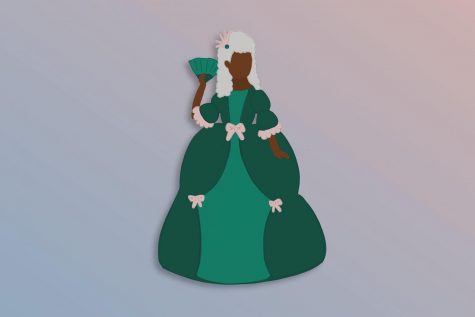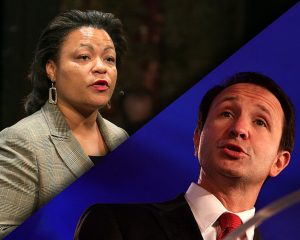OPINION | Media representations of race must be historically, socially accurate
March 3, 2021

On Feb. 15, it was announced that “Sex Education” star Simone Ashley had been cast in the lead role of season two in the hit Netflix series “Bridgerton.” Ashley’s character, Kate Sharma, will be the main love interest of Anthony Bridgerton, a character represented in the original book series that inspired the show by Kate Sheffield. Given the fact that her character has an explicitly South Asian name, it quickly became clear that Ashley’s character was not going to neglect her race, but rather, would embrace her South Asian heritage.
As a South Asian woman and avid fan of period dramas like “Bridgerton,” I feel like I ought to be happy. I’ve been watching white women dominate my favorite films and shows for so long that representation should feel like a victory. When the news was first released, it was met positively by South Asian viewers around the world. The more I read about Ashley’s casting and the plan for season two, however, the more worried I began to get. How could a show based in Regency-era England appropriately represent the dynamic of a British lord and a South Asian woman from a colonial region?
The first season of “Bridgerton” featured several people of color, including the male lead played by Regé-Jean Page. Though the characters in the original book series were not people of color, the show decided to address the racial politics of Black people in regency England and did so quite poorly. At first glance, it appears that the “Bridgerton” world is some alternate universe free of racial inequality and ideal for any viewers with escapist fantasies. Within the first few episodes, racial discrimination is argued away through the flimsy premise that a Black woman became the Queen of England, essentially erasing racism and elevating several Black people to nobility. This characterization is in reference to historical accounts that Queen Charlotte was in fact of African descent. The show’s handling of race was met with heavy criticism, largely because it paints racial discrimination as a simple issue with a simple solution without adequately representing the racial politics of the era.
I now worry that season two risks the same shortcomings. Showrunners will either have to find a way to resolve colonial legacies during this time or they will have to find a way to justify a relationship between a British lord and a South Asian woman during colonization, a relationship that can be nothing but violent and imbalanced.
“Bridgerton” is far from the first show to cast people of color in historical roles. Shows such as “The Great” and “Hamilton” have done the same. The main difference between these representations and “Bridgerton” is that “Bridgerton” explicitly addresses the racial and political dynamics of this Regency-era England.
Colorblind casting, where actors are cast in roles regardless of their race, in historical movies and shows has been heavily debated. The primary argument behind colorblind casting in the historical genre is that it acknowledges the role of people of color in these societies. At the same time, colorblind casting also expands the realm of opportunities for actors of color in an industry where they’d previously be unlikely to get any work. The main criticism against colorblind casting is that it assumes race is invisible and inconsequential which, especially in settings like colonial England, is far from true. Not acknowledging the power of race both in the past and present sets the dangerous standard that systems of oppression do not exist and consequently, do not affect marginalized communities.
It is an almost impossible question. How do you represent historical characters of color when in reality, their lives were violently politicized? Unfortunately, there’s really no clear cut answer. Of course, it is crucial to understand the importance of race in the media, but that representation also can’t dismiss race as uncomplicated or straightforward.
At the very least, it’s clear why media representations cannot continue to ignore or trivialize the impact of racial politics on societies, past and present.








Claudia Trent • May 3, 2022 at 4:39 am
Zzzzzzzzzzzzzzzzz
Robert Gray Freeland • Mar 8, 2021 at 10:51 am
I am an alum, A&S 1976. I like what you are presenting. I am a local tour guide. Years ago all we talked about were the politicians and rich. As we learn more of how the more common lives were lived we have built those stories into our tours. We did not add time to the tours, we simply relegated the stories of those in power to a lesser importance in the story told. We do not change history, just equalize the role each segment gets in the time provided. Regards.